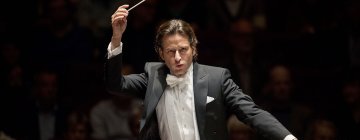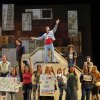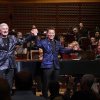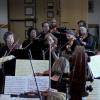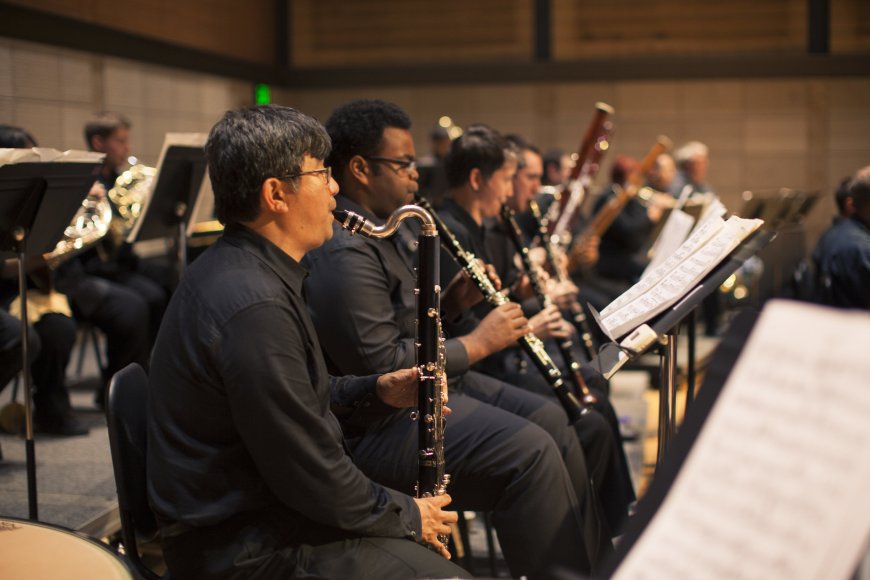
When Martha Stoddard conducts the Bay Area Rainbow Symphony’s annual Pride Concert this weekend, she won’t just be leading a celebration. She’ll also be giving an audition.
On June 14 at the San Francisco Conservatory of Music’s Hume Concert Hall, BARS is set to conclude its season and its music-director search, following the departure of Dawn Harms last summer after 12 years with the orchestra.
Stoddard will be the final candidate in a series of four to take the podium with the 70-member volunteer ensemble, founded in 2008 to support and promote LGBTQ musicians and composers.
She’s looking to bring to the gig not only a wealth of experience — as artistic director and principal conductor of the Oakland Civic Orchestra and as a frequent guest conductor of the Bay Area’s Awesöme Orchestra — but also a penchant for intriguing programming.
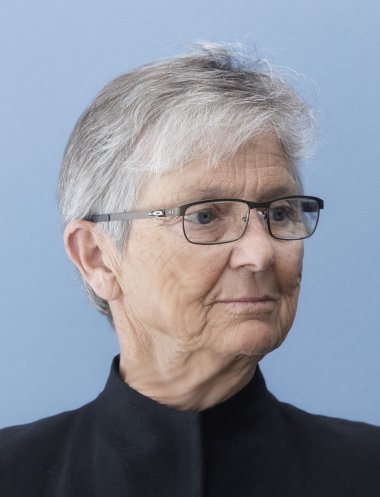
Take the upcoming Pride Concert, which will be highlighted by the U.S. premiere of Juan Sebastián Cardona Ospina’s Timpani Concerto. Stoddard met the Colombian native by chance in 2024 at a rehearsal in San Rafael and discovered he’d written a handful of concertos (including a wonderful piece for saxophone). But she had timpanist Jimmy Chan in mind as her soloist.
“It’s perfect. He’s here in San Francisco,” Stoddard said of Chan. “And people don’t hear timpani concertos that often. There’s only a handful of them, and this one happened to land in my lap.”
Originally from Hong Kong, Chan trained as a classical percussionist at the Royal College of Music, Colburn School, and San Francisco Conservatory of Music. He has performed with many professional orchestras including the San Francisco Symphony, Oakland Symphony, and Marin Symphony but has never played a timpani concerto before.
“Timpani and percussion concertos are rare, so this is really cool. It’s really fun for me to play,” Chan said. “It will be good to show what timpani can do: melody, different styles, and phrasing. It’s not just a loud instrument.”
Composed in 2022, Cardona Ospina’s piece is unconventional in that it uses the pitched drums as a solo instrument. The first movement has the timpanist striking out unaccompanied for about 20 seconds before the orchestra joins in. Then, “the middle of the second movement just takes you to this other world,” Stoddard said, citing the composer’s “timbre modulations, where you’ve got sound being passed along to another section of the orchestra. The same pitch is overlapping, and there’s an echo, and there’s a color change. … It’s very effective.”
Cardona Ospina explained that the third movement is influenced by the Scherzo from Henri Dutilleux’s First Symphony. “It’s the seed for the rest of the movement,” he said. “The orchestra is chasing the timpani; the timpani is chasing the orchestra. Lots of excitement.” At the same time, Cardona Ospina wanted a rhythm that invited movement, so he incorporated a bambuco, a type of Colombian folk dance.
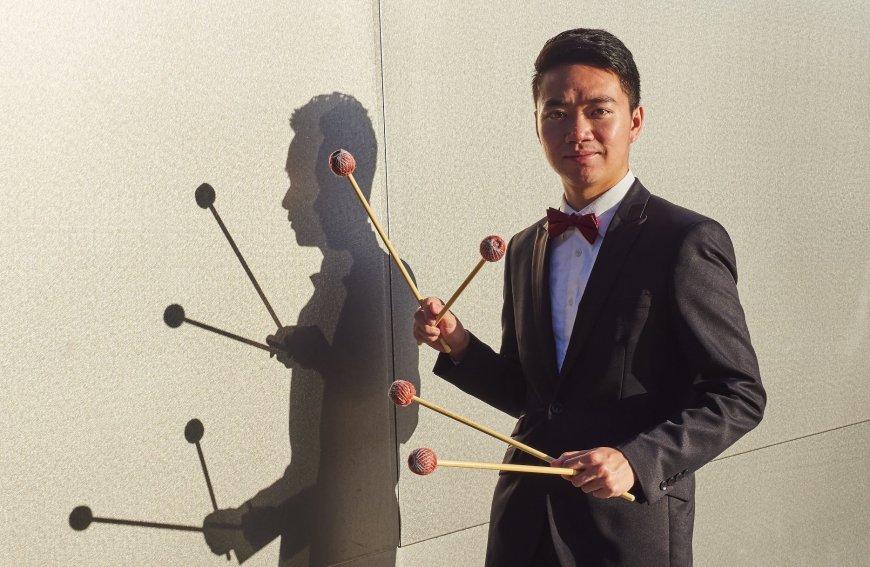
Chan has performed with many collegiate and professional orchestras but said he has never played a timpani concerto before. “Timpani and percussion concertos are rare, so this is really cool,” he enthused. “It will be good to show what timpani can do: melody, different styles, and phrasing. It’s not just a loud instrument.”
For her part, Stoddard will be providing plenty of musical variety in the rest of the evening’s selections: Grażyna Bacewicz’s Overture, Benjamin Britten’s arrangement of Gustav Mahler’s “What the Wildflowers Tell Me,” and Jean Sibelius’s Third Symphony.
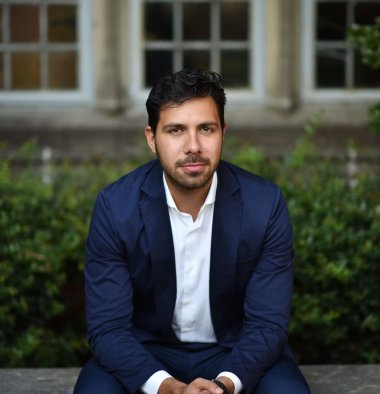
The conductor made special mention of “the propulsive rhythm” in Bacewicz’s piece. “It’s very fitting for the theme of the concert, which I call the pulse of pride,” she said. “It sets the tone for the driving energy, positivity, and visibility [of the entire program].”
About the audition component, Stoddard said, “I try not to think about that aspect of the event. I’m just going to concentrate on making music with these people and having it be as great an experience as I can make it for everybody.”
Laurence Lewis, president of the orchestra’s board of directors, as well as a violinist and violist in the ensemble, said there’s a positive energy behind the program. “We’re definitely enjoying it.”
He explained that BARS will measure the four music director candidates in a variety of ways, including how inspirational they were to the orchestra and what audiences and musicians said in surveys conducted after each concert. The other contenders, who led performances earlier this season, are John Kendall Bailey, Robert Mollicone, and Sixto Montesinos Jr.
